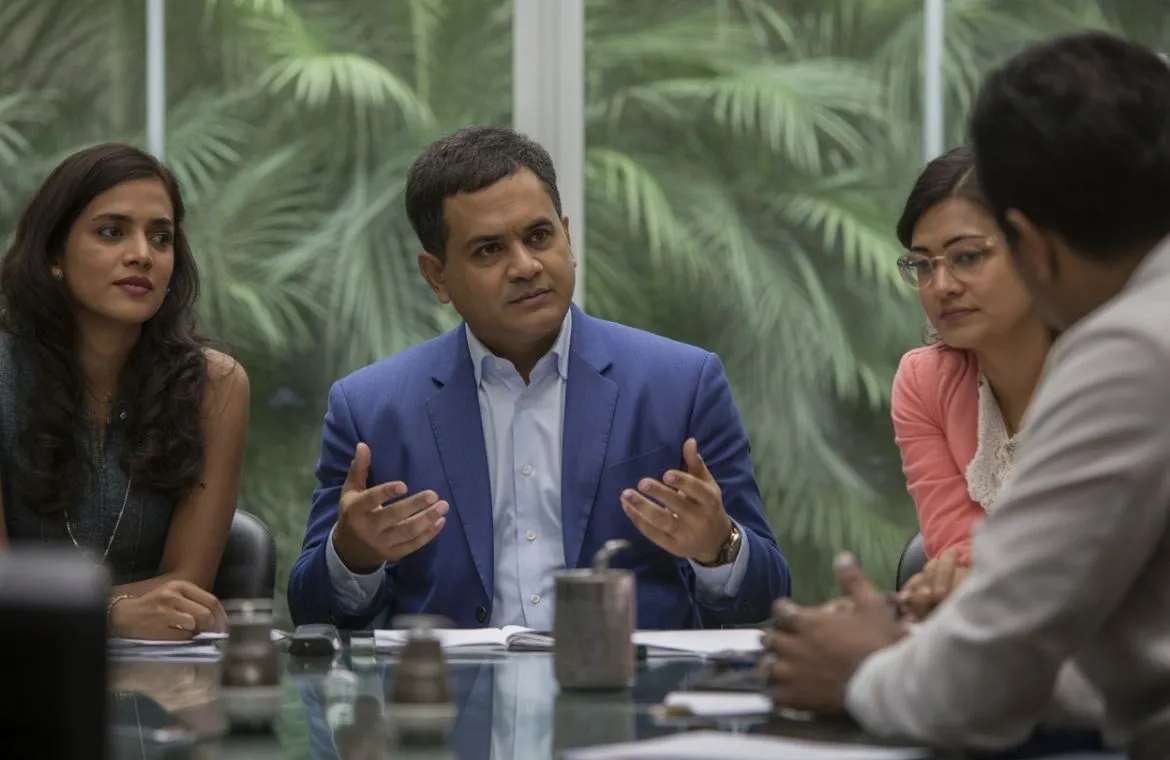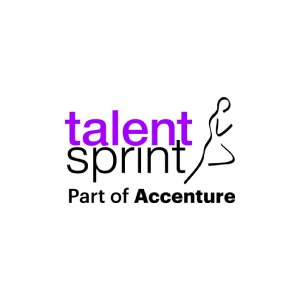Why Agile Leadership is the Future of Organisational Growth

Businesses today are moving faster than ever. Markets shift overnight, technologies evolve in months, and customer expectations change constantly. In this environment, one thing is clear, traditional leadership models can’t keep up. Organisations now need leaders who can navigate uncertainty, inspire teams, and adapt quickly.
Agile leadership goes well beyond conventional management methods. The concept represents a distributed model that equips teams while letting managers excel in their key areas - setting strategic direction, managing methodologies, or focusing on staff development. Leaders who embrace agility show adaptability and share mindsets that optimise continuous improvement in ever-changing environments
The Need for Agile Leadership
The VUCA Reality
Organisations now operate in a volatile, uncertain, complex, and ambiguous world where long-term predictability is rare. Planning once a year is no longer enough, leaders must be ready to shift direction at any time.
(Related Read: Leading in a VUCA World: Key Traits of Exceptional Leaders)
Why Agile Leadership Matters
Agile leaders break down changes into manageable components, enabling iterative progress. They treat mistakes as improvement opportunities, positioning themselves as innovation champions. This approach contrasts sharply with traditional command-and-control methods.
Lean agile leadership centres on a critical shift: from transactional to relational interactions. Today's effective leaders ask questions instead of providing all answers. They empower teams rather than prescribe solutions.
Agility is something that today’s leaders and management cannot ignore. According to Randstad India's Workmonitor 2025 survey, around 52% employees reported that they might leave job that does not allow adequate work flexibility. Organisations that resist adaptation face dual risks: reduced market competitiveness and significant talent loss.
The companies that recognise adaptability as essential for survival will build tomorrow's winning teams. The choice becomes clear: evolve leadership approaches or watch competitors gain the advantage.
Core Principles of Agile Leadership
Mindset Shifts
Agile leadership begins with a shift in thinking. Modern leaders need to move from:
- Certainty → Discovery
- Authority → Partnership
- Scarcity → Abundance
Key Characteristics of Agile Leaders
Effective agile leaders demonstrate:
- Adaptability as a core strength - Leaders embrace change as opportunity rather than threat
- Emotional intelligence and empathy - Understanding team perspectives fosters psychological safety where innovation thrives
- Strategic power distribution - Knowing when to empower teams versus when to provide direction
- Obstacle removal focus - Prioritising team enablement over process control
These traits turn leaders into catalysts of organizational agility.
How Agile Leadership Drives Organisational Growth
1. Faster Innovation & Value Delivery
With an agile mindset, leaders encourage experimentation, reducing the time from idea to execution.
2. Stronger Employee Engagement
Empowered teams feel ownership, leading to higher performance and motivation.
3. Organisational Resilience in Disruptions
Agile leaders navigate crises effectively by adjusting strategies, reallocating resources, and keeping teams aligned.
4. Long-Term Sustainability
Agile leadership supports scalability, helping organisations grow without losing adaptability.
Challenges & Risks of Implementing Agile Leadership
Even though agile leadership is powerful, organisations face hurdles:
Mindset Resistance
Resistance remains the primary barrier. Leaders and employees resist shifting from established methods to flexible, collaborative models. Managers particularly struggle with relinquishing control, as agile leadership demands moving from directive approaches to facilitative roles that enable team autonomy.
Resource Planning
Agile approaches prioritise adaptability over rigid planning, making cost, time, and resource prediction difficult, particularly for complex projects. Organisations accustomed to definitive timelines and budgets find this unpredictability creates internal tension.
Documentation Processes
Documentation practices require adjustment. Documentation occurs throughout projects rather than comprehensively at the beginning, becoming less detailed and often deprioritised. This creates potential confusion regarding customer requirements.
Authority and Accountability
Balancing autonomy with alignment proves delicate. Agile leadership empowers team decision-making, yet this must align with organisational goals. Traditional hierarchies struggle with this dynamic, raising questions about accountability and decision-making authority.
Addressing these challenges requires both cultural and structural transformation.
How to Develop Agile Leaders & Embed Agile Leadership
- Leadership Training & Coaching: Developing an agile mindset requires intentional learning, coaching, and continuous development. You can start by exploring the executive leadership programs designed for tomorrow’s leaders.
- Create an Agile Culture: Values like trust, experimentation, psychological safety, and openness must be embedded in everyday work.
- Redesign Systems & Structures: Organisations may need to rethink governance, roles, and decision-making models to support autonomy and alignment.
- Continuous Feedback Loops: Retrospectives, open communication, and real-time feedback help leaders and teams improve continuously.
- Scale Leadership Agility: Move from isolated agile teams to enterprise-wide agile transformation leadership, bringing agility into strategy, operations, and culture.
The Future of Agile Leadership
Agile leadership will continue evolving as:
- Hybrid work and distributed teams will become new normal
- AI and analytics will be supporting decision-making
- Leaders will be shifting from command-and-control to coaching and mentoring
- Organisations will aim at building long-term dynamic capabilities, allowing them to stay adaptive for years
This positions agile leadership as a sustainable competitive advantage.
Final Thoughts
Agile leadership is no longer optional, it’s essential for organisations that want to stay resilient, innovative, and growth ready. By adopting an agile mindset and empowering teams, leaders unlock new levels of performance and long-term success.
To stay ahead, leaders must invest not just in agile processes, but in leadership agility itself. Leadership courses designed for modern leaders, help build these capabilities with real-world frameworks and industry insights.
Frequently Asked Questions
Q1. How does agile leadership contribute to organisational growth?
Agile leadership fosters innovation, adaptability, and employee empowerment, leading to improved productivity and engagement. Organisations implementing agile practises have shown a increase in productivity and growth in employee engagement, ultimately driving sustainable growth and enhanced competitive positioning.
Q2. What are the key principles of agile leadership?
Agile leadership is built on principles such as empowering teams, embracing change as an opportunity, fostering open communication, and prioritising meaningful work. Leaders focus on removing obstacles, promoting collaboration, and ensuring teams are doing the right things rather than just doing things right.
Q3. What challenges might organisations face when implementing agile leadership?
Common challenges include resistance to change, difficulties in resource planning, balancing autonomy with alignment, and scaling agile practises beyond small teams. Cultural barriers and the need to shift from traditional hierarchies to more flexible structures can also pose significant hurdles.
Q4. How can organisations develop effective agile leaders?
Developing agile leaders involves a combination of self-leadership, structured development programmes, real-world application, and creating feedback-rich environments. Organisations should focus on building new mindsets and capabilities, particularly among senior leaders, through immersive experiences and continuous learning.
Q5. What does the future of agile leadership look like?
The future of agile leadership is moving towards a more decentralised model where leaders act as coaches and facilitators. There will be an increased focus on emotional intelligence, cross-functional fluency, and the ability to create alignment during ambiguity. Technology, including AI and machine learning, will play a growing role in supporting agile leadership practises.

TalentSprint
TalentSprint is a leading deep-tech education company. It partners with esteemed academic institutions and global corporations to offer advanced learning programs in deep-tech, management, and emerging technologies. Known for its high-impact programs co-created with think tanks and experts, TalentSprint blends academic expertise with practical industry experience.



